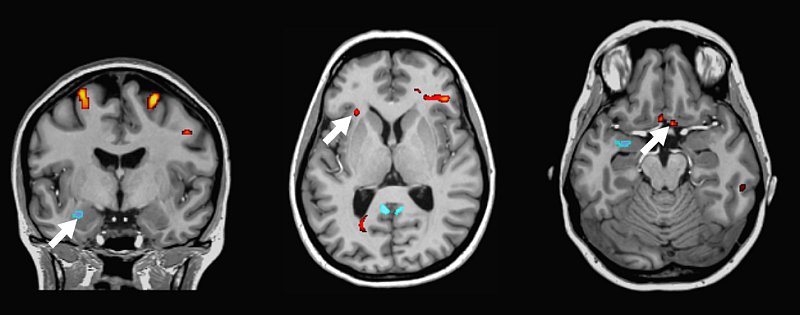
RESEARCH SPOTLIGHT New trial using cannabis derivative for chronic pain following spinal cord injury
Half of all people with spinal cord injury will develop chronic pain—just one of the unseen effects that can be debilitating for the person with an injury.
A specific type of pain — neuropathic pain — can be so severe that many regard the pain as the most debilitating consequence of their injury. Neuropathic pain can feel like a stabbing, burning, or numbing or pins and needles sensation.
“Treatment options have proven ineffective and often come with significant side effects that make the condition worse, highlighting a need for new treatment options.” said the study’s lead investigator Professor Luke Henderson from the Brain and Mind Centre and the School of Medical Sciences at the University of Sydney.
Funded through NSW Government, this new trial will examine the effects of a novel treatment for chronic neuropathic pain occurring below the level of injury.

In partnership with the Lambert Initiative for Cannabinoid Therapeutics at the University of Sydney, the trial will examine if the non-intoxicating component of cannabis – cannabidiol (CBD) – is effective in reducing neuropathic pain in people with spinal cord injury. The trial will be run at with Neuroscience Research Australia (NeuRA), a world-leading facility for brain imaging and spinal cord injury research.
Participants will complete a medical screen with the study doctor before coming into NeuRA on four occasions. On each occasion, participants will complete MRI, EEG, blood collection, and questionnaires. Participants will complete a range of high-field MRI acquisitions concentrated on the brain including anatomical scans (T1-weighted and diffusion-weighted imaging) and functional scans (arterial spin labelling, , EPT looking at conductivity both at rest and task-based, and BOLD signal change at rest and task-based).
“Anecdotally, some people report that cannabis and its derivatives (such as CBD) can improve pain,” Professor Henderson said. “However, no one fully understands how it works to reduce pain. Our study can help tease this out using a gold standard trial design.”
This trial will help guide policy surrounding cannabis prescription for chronic pain. It will also emphasise the understanding of how this medication works and hopefully target the underlying causes of neuropathic pain development following spinal cord injury.
For more information on the SCAN trial, please visit: https://bit.ly/SCAN_study
Contact
Rebecca Robertson and Anastasia Suraev
Ph: 0439 804 551
Email: scan_study@sydney.edu.au
Recent Comments